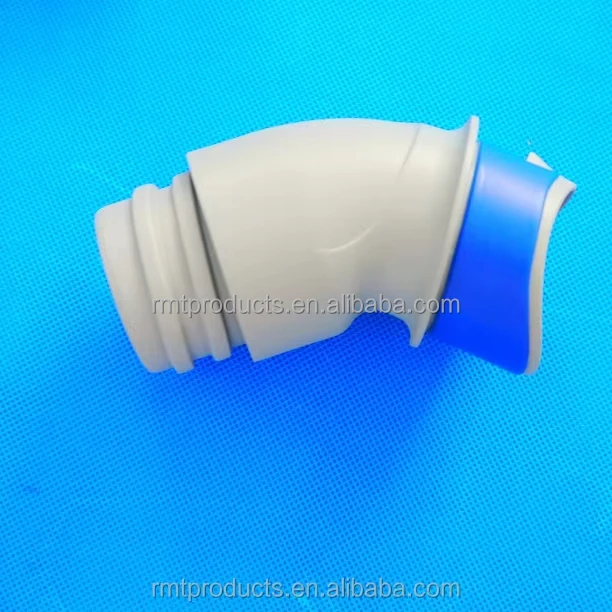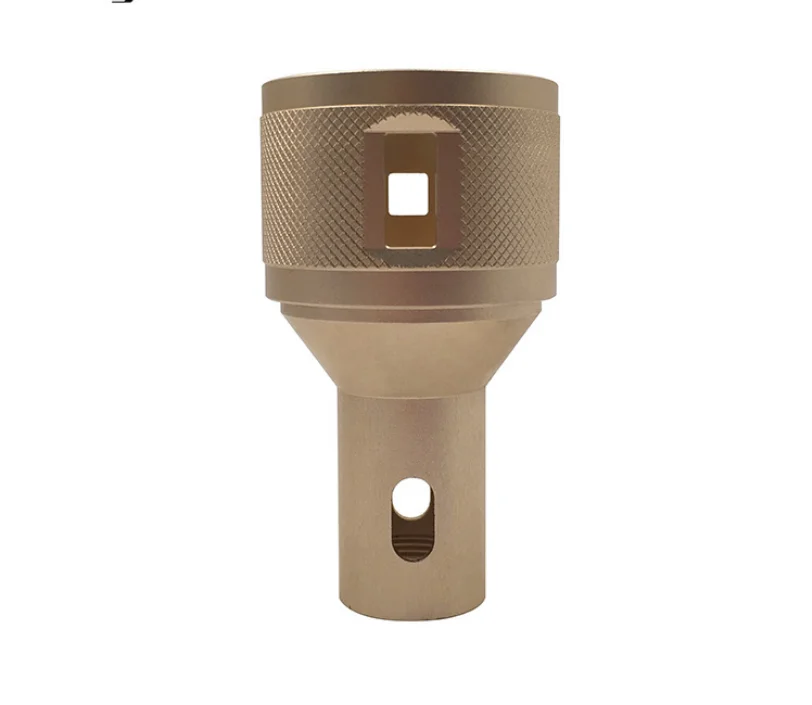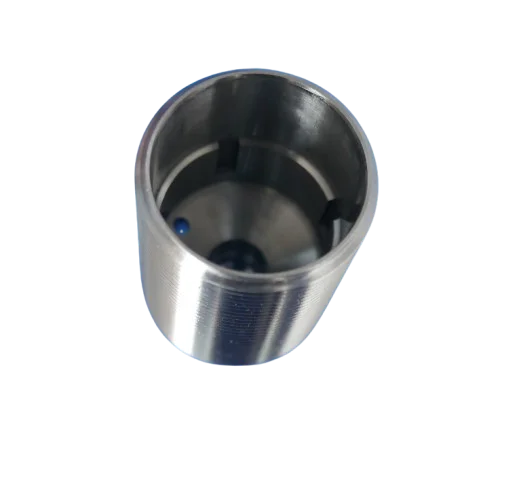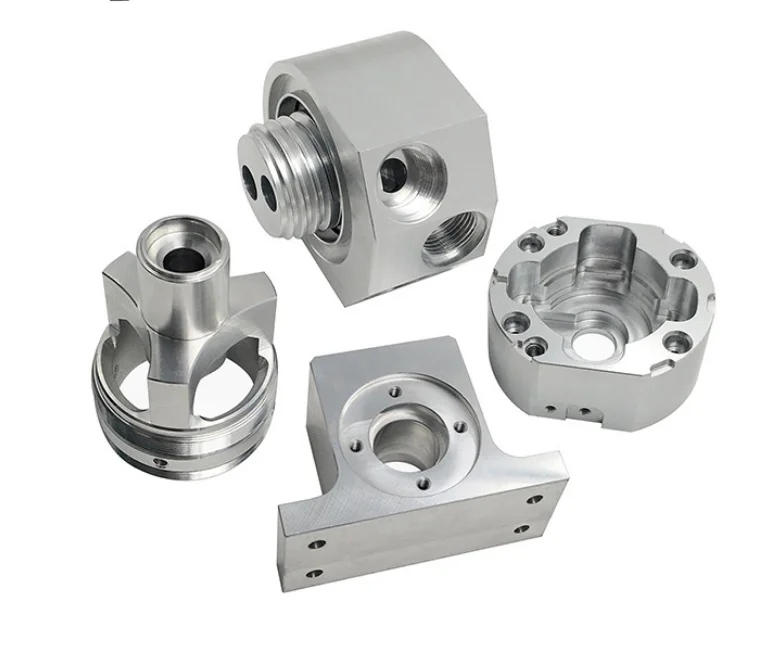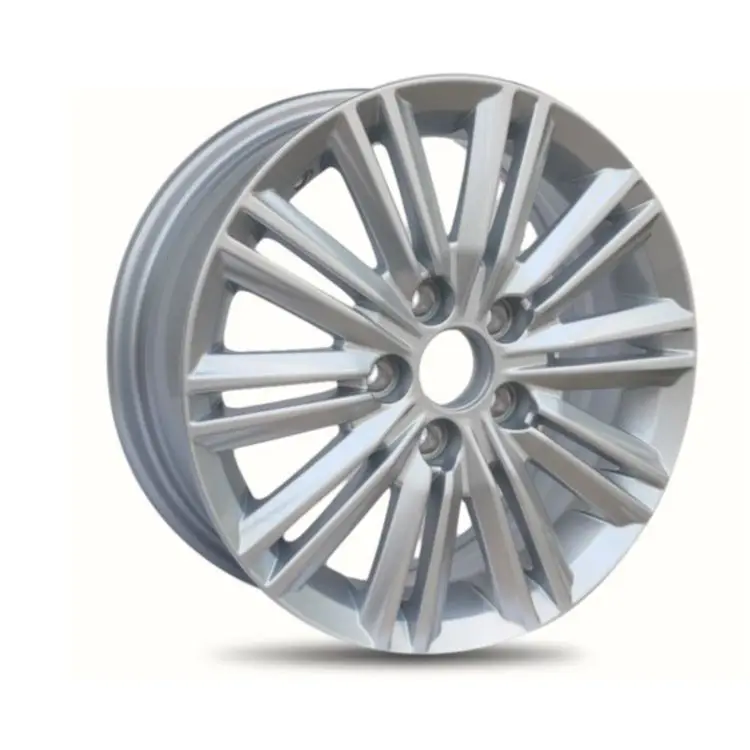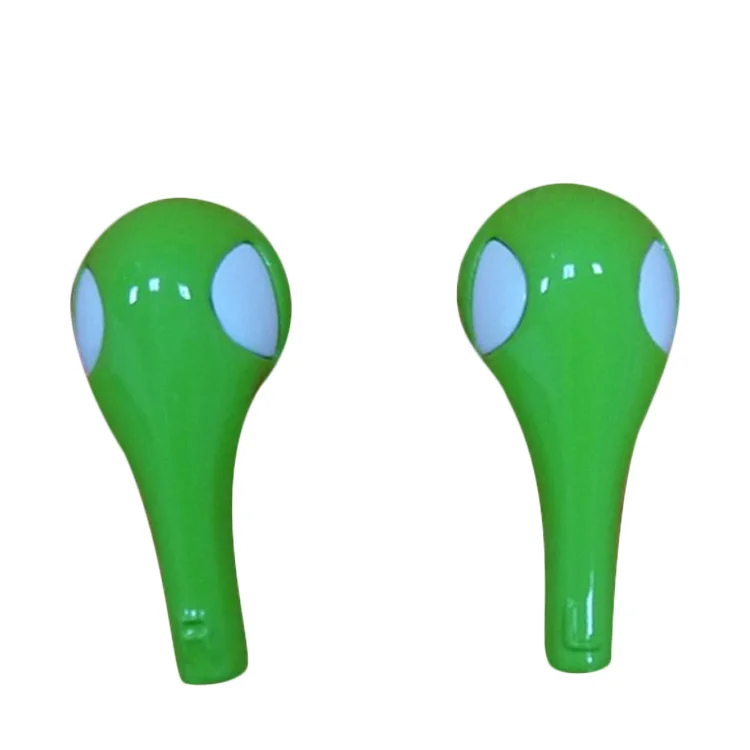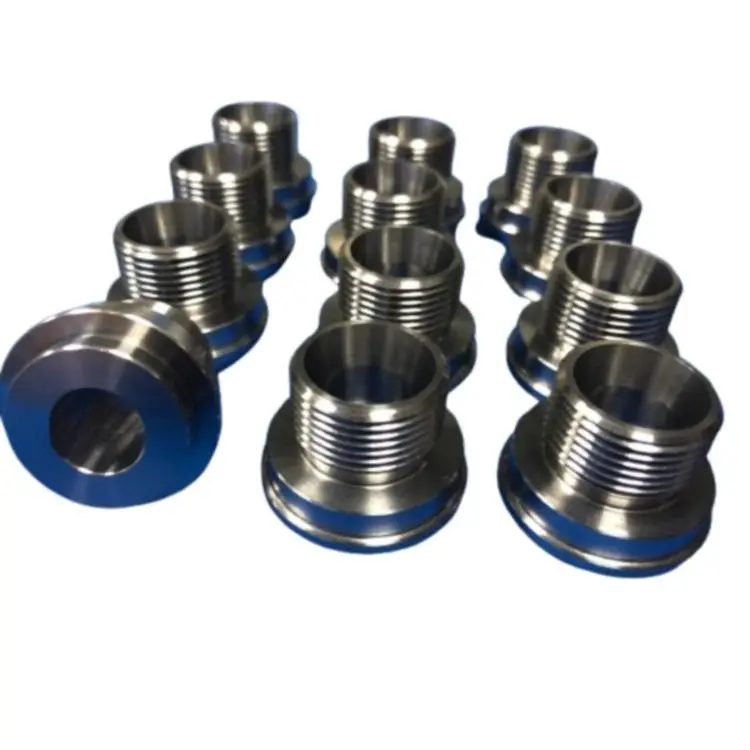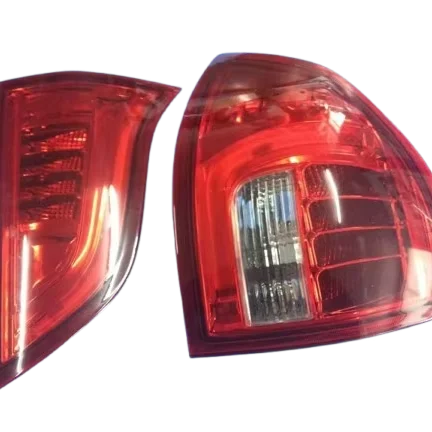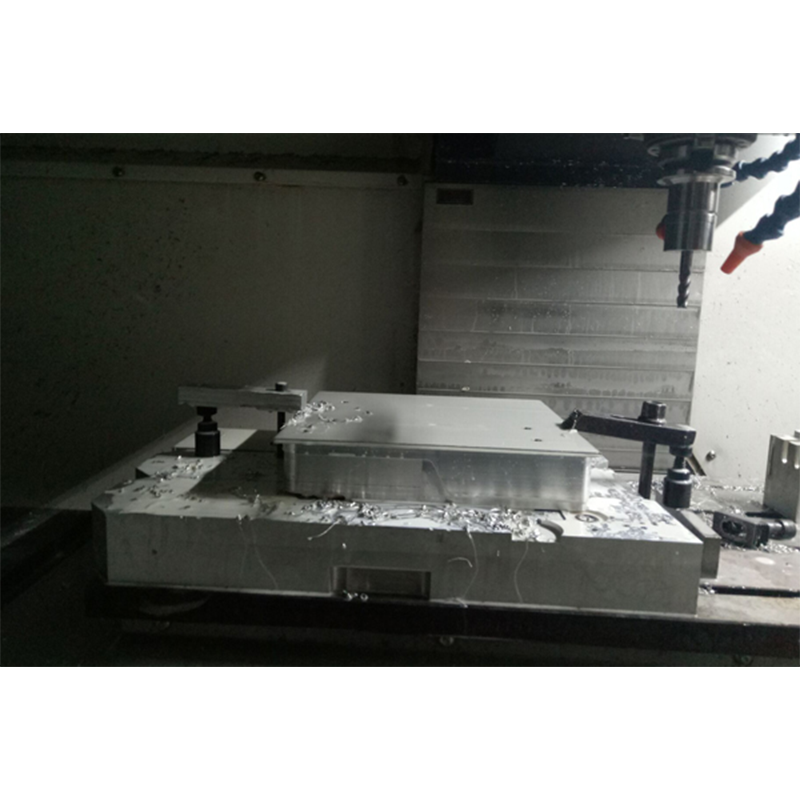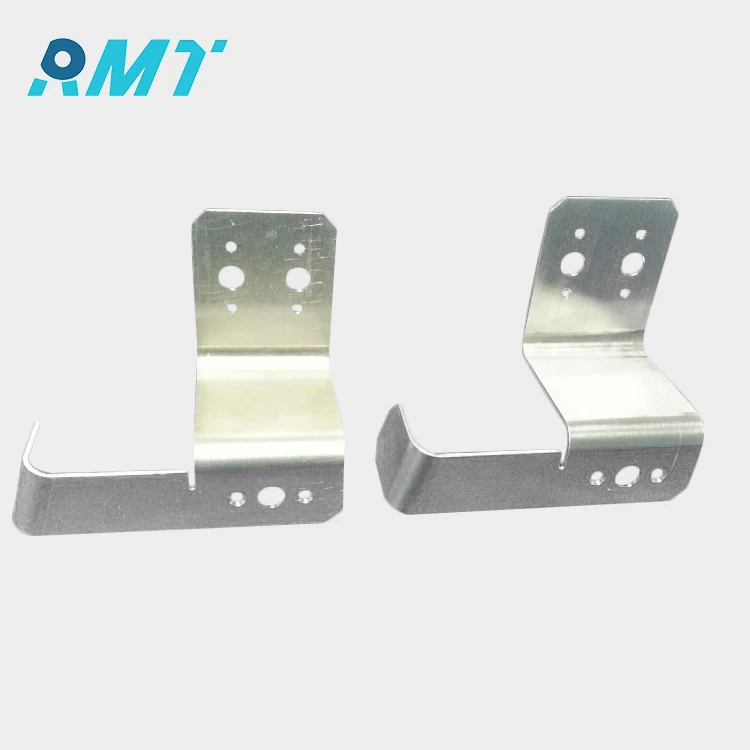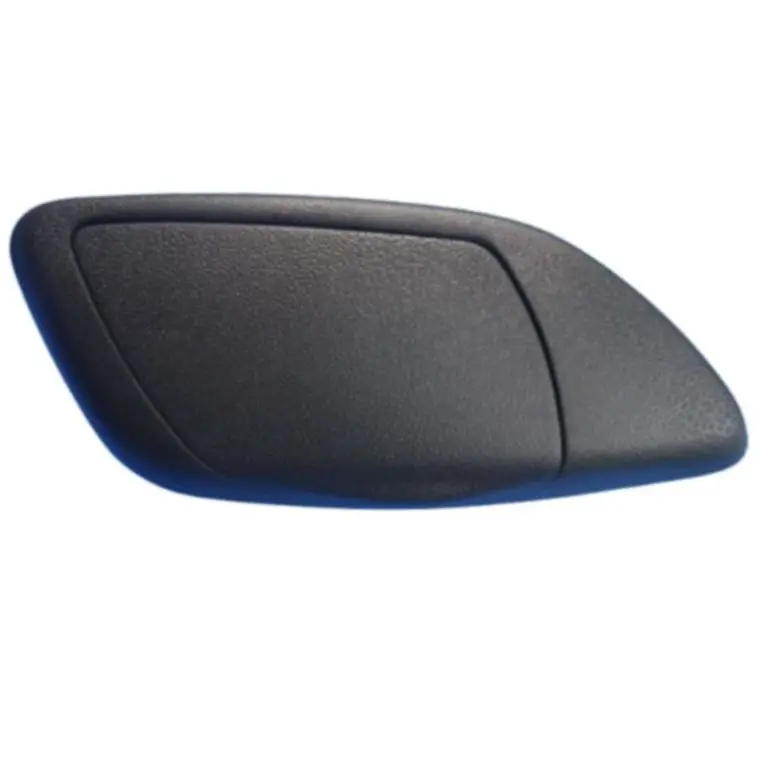Il Ruolo del Prototipazione Rapida nel Migliorare l'Innovazione Ingegneristica
Understanding Rapid Prototyping
La prototipazione rapida è un metodo veloce ed efficiente per creare modelli fisici direttamente dai dati di progettazione assistita da computer (CAD) 3D.
Nell'ingegneria, l'importanza della prototipazione rapida non può essere sottovalutata. Consente una sostanziale riduzione del tempo di immissione sul mercato per nuovi prodotti e migliora la qualità complessiva del prodotto. Le statistiche del settore, come quelle del Wohlers Report, indicano che le aziende che utilizzano tecniche di prototipazione rapida sono in grado di accelerare i loro cicli di sviluppo fino al 60%. Inoltre, la natura iterativa della prototipazione consente più cicli di test e perfezionamento, garantendo che il prodotto finale soddisfi le aspettative dei clienti e funzioni in modo ottimale. Questo processo fornisce infine un vantaggio competitivo in mercati frenetici, offrendo prodotti innovativi in modo rapido ed efficiente.
Il Processo di Prototipazione Rapida
Il processo di prototipazione rapida coinvolge diversi passaggi chiave dalla progettazione concettuale alla valutazione del prototipo finale. Il viaggio inizia con la progettazione concettuale, dove le idee vengono trasformate in modelli digitali utilizzando software CAD. Seguendo questo, tecnologie specifiche come la stampa 3D o la lavorazione CNC entrano in gioco per creare prototipi fisici. La prototipazione include tipicamente fasi come la creazione di uno schizzo di base, lo sviluppo di un modello digitale e la produzione di un prototipo tangibile. Diverse tecnologie come SLA per alta precisione o FDM per costruzioni più semplici possono essere impiegate a seconda delle esigenze del progetto.
Un aspetto essenziale del prototipazione rapida è la sua natura iterativa, che consente di affinare i progetti sulla base del feedback dei test. Questo processo garantisce un miglioramento continuo nella funzionalità e nell'usabilità del prodotto. I designer e gli ingegneri possono testare e modificare ripetutamente i prototipi, migliorando il design con ogni iterazione. Questo approccio incentrato sul feedback migliora le prestazioni e il valore estetico del prodotto finale, fornendo un vantaggio competitivo significativo riducendo il tempo di immissione sul mercato e garantendo un prodotto robusto e facile da usare.
Tecniche chiave di prototipazione rapida
Stampa 3D
La tecnologia di stampa 3D è una pietra miliare del prototipazione rapida, rinomata per la sua capacità di creare geometrie intricate e parti complesse con facilità. Questo processo di produzione additiva costruisce oggetti strato dopo strato a partire da modelli digitali, consentendo un'eccezionale flessibilità di design. Uno dei suoi vantaggi significativi è la capacità di produrre prototipi rapidamente senza la necessità di attrezzature, rendendolo conveniente per la produzione a basso volume. Settori che vanno dall'automotive alla sanità utilizzano frequentemente la stampa 3D per creare qualsiasi cosa, dai modelli concettuali ai prototipi funzionali. Essa consente ai designer di iterare rapidamente sui loro progetti, portando i prodotti sul mercato in modo più efficiente.
fresatura cnc
La lavorazione CNC (Controllo Numerico Computerizzato) offre una precisione e una versatilità senza pari nella prototipazione rapida. Questo processo di produzione sottrattivo modella i materiali rimuovendo l'eccesso, rendendolo ideale per prototipi che richiedono tolleranze strette.
Fusione a vuoto
La colata in vuoto è un metodo efficace per produrre prototipi di alta qualità, specialmente quando si tratta di materiali più morbidi o design intricati. Questo processo prevede la creazione di stampi in silicone e la colata di parti in resine poliuretaniche, che possono imitare una varietà di materiali di produzione. La colata in vuoto eccelle nel fornire prototipi con eccellenti dettagli e finiture superficiali lisce, rendendola ideale per produzioni da piccole a medie e modelli di pre-produzione. Viene spesso utilizzata per creare prototipi di parti in plastica stampate a iniezione e consente alle aziende di testare a fondo i prodotti prima di impegnarsi in attrezzature costose.
Stereolitografia (SLA) vs. Sinterizzazione Laser Selettiva (SLS)
La stereolitografia (SLA) e la sinterizzazione laser selettiva (SLS) sono entrambe tecniche di stampa 3D popolari con metodologie e applicazioni distinte.
Vantaggi e applicazioni della prototipazione rapida
La prototipazione rapida offre significativi risparmi sui costi e miglioramenti in termini di efficienza nello sviluppo del prodotto.
La validazione precoce dei progetti attraverso la prototipazione rapida è cruciale per fornire prodotti finali superiori.
Inoltre, il prototipazione rapida facilita una collaborazione migliorata tra i team grazie ai prototipi tangibili che produce. I prototipi condivisi consentono una comunicazione più chiara tra i team di design, ingegneria e marketing, promuovendo un processo di sviluppo più sincronizzato. Questa esperienza tangibile condivisa porta spesso a modifiche più intuitive e iterazioni più rapide. Di conseguenza, i team sono meglio allineati, garantendo che il prodotto finale soddisfi le esigenze del mercato in modo più efficace. La capacità di trasmettere idee in modo visivo e fisico aiuta a superare le barriere comunicative, semplificando il processo decisionale.
Caratteristica del prodotto: Fusione a vuoto in fabbrica
La fusione in vuoto in fabbrica è un metodo avanzato utilizzato nella prototipazione rapida di prodotti in plastica. Questa tecnica prevede l'uso di stampi in silicone e di un vuoto per creare prototipi dettagliati ed efficienti da materiali come le resine poliuretaniche. Il processo è altamente vantaggioso per la produzione di parti pre-produzione di piccole e medie dimensioni, consentendo ai progettisti di eseguire test funzionali prima della produzione di massa. La fusione in vuoto offre una produzione economica con un'eccezionale precisione e qualità, rendendola ideale per testare i design dei prodotti e ridurre potenziali errori nella fase finale di produzione.
Migliori pratiche per una prototipazione rapida di successo
Iniziare la prototipazione rapida con obiettivi chiaramente definiti è cruciale per il successo. Obiettivi chiari fungono da mappa, assicurando che il processo di prototipazione sia focalizzato ed efficiente. Avere obiettivi ben definiti consente ai team di prevenire revisioni non necessarie e mantenere sotto controllo costi e gestione del tempo. Questa chiarezza aiuta a stabilire priorità accurate e a mantenere un approccio strategico durante l'intero processo di sviluppo.
Inoltre, mantenere un focus centrato sull'utente durante la prototipazione rapida è essenziale per allineare il prodotto con le reali esigenze e aspettative degli utenti. Coinvolgere i potenziali utenti finali attraverso sessioni di feedback e test di usabilità può rivelare intuizioni che guidano miglioramenti significativi. Questo approccio centrato sull'utente assicura che il prodotto finale non sia solo funzionale, ma risuoni anche bene con il suo pubblico di riferimento, migliorando infine la soddisfazione dell'utente e aumentando il successo sul mercato.
Tendenze future nella prototipazione rapida
L'integrazione dell'IA e del machine learning nel prototipazione rapida sta trasformando il panorama, consentendo flussi di lavoro semplificati e una maggiore precisione nel design. Queste tecnologie automatizzano processi di design complessi, permettendo iterazioni più rapide e un'ottimizzazione precisa dei design.
La sostenibilità sta diventando una tendenza chiave nel prototipazione rapida, con un crescente accento su materiali e processi ecologici. Le aziende stanno adottando sempre più materiali biodegradabili o riciclabili, così come tecniche di produzione a basso consumo energetico per ridurre al minimo l'impatto ambientale.
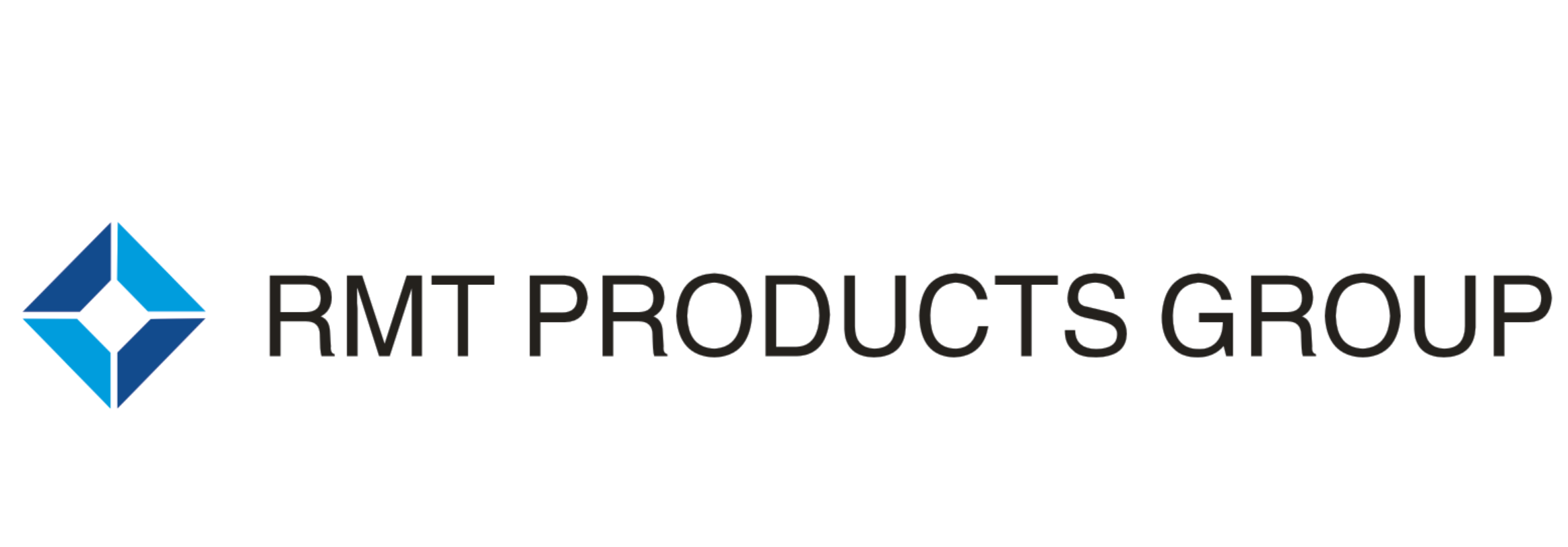
 EN
EN
 AR
AR
 BG
BG
 HR
HR
 CS
CS
 DA
DA
 NL
NL
 FI
FI
 FR
FR
 DE
DE
 EL
EL
 IT
IT
 JA
JA
 KO
KO
 NO
NO
 PL
PL
 PT
PT
 RO
RO
 RU
RU
 ES
ES
 SV
SV
 IW
IW
 LV
LV
 SR
SR
 SK
SK
 UK
UK
 GL
GL
 HU
HU
 TH
TH
 TR
TR
 FA
FA
 GA
GA
 CY
CY
 EU
EU
 BN
BN
 BS
BS
 LA
LA
 NE
NE
 SO
SO
 KK
KK
